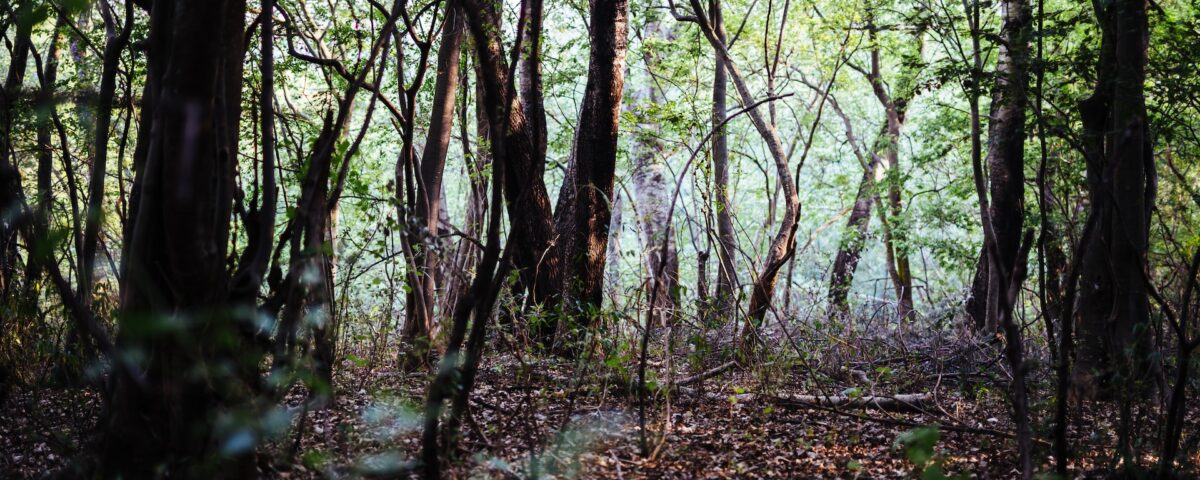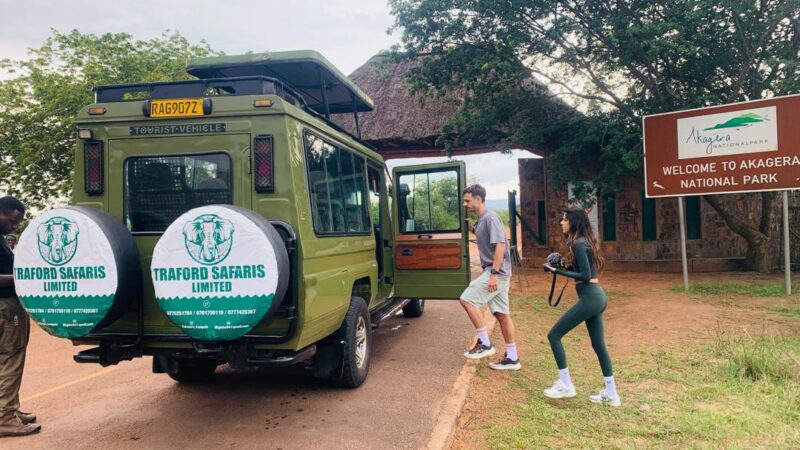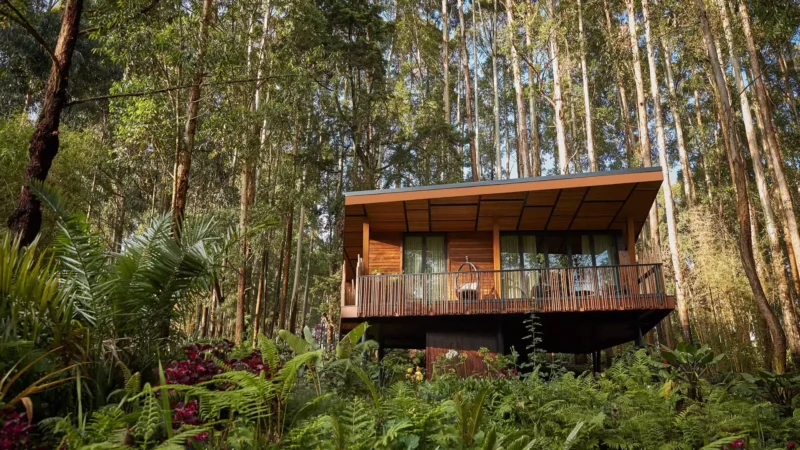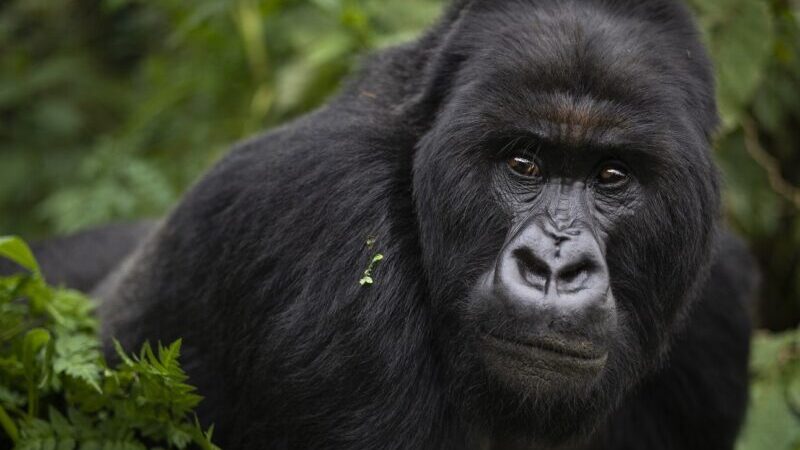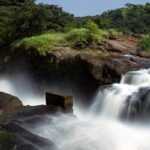
Hiking to the Top of the Falls (Murchison Falls ).
May 20, 2025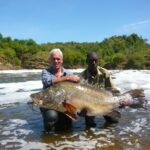
Sport Fishing at Murchison Falls
May 21, 2025Rabongo Forest in the Heart of Murchison Falls
Nestled within the southern part of Murchison Falls National Park, Rabongo Forest is a tranquil and biodiverse haven that offers a striking contrast to the surrounding savannah plains. Often overshadowed by the park’s iconic waterfall and game drives, Rabongo is a must-visit for travelers who seek birdwatching, primate encounters, forest hikes, and educational nature walks.
The Rabongo Forest is ideal for eco-tourists, researchers, school groups, and anyone looking to experience Uganda’s biodiversity in an intimate and quiet setting.
Where is Rabongo Forest Located?

Rabongo Forest lies in the southeastern section of Murchison Falls National Park, approximately 15 kilometers from the Masindi-Paraa road. Unlike the park’s more frequently visited northern game tracks, Rabongo remains peaceful, less crowded, and deeply connected to conservation efforts.
Traford Safaris Ltd includes Rabongo in customized itineraries that combine game drives, boat cruises, and cultural experiences, offering a well-rounded exploration of Uganda’s largest national park.
A Rich Ecosystem Within the Park
Despite being relatively small, Rabongo Forest is packed with ecological diversity. The area features tropical riverine forest, characterized by thick vegetation, fig trees, mahoganies, and ironwoods. The forest provides essential habitat for a variety of wildlife that is different from what you’ll typically see in the open savannah.
It’s a biological classroom, making it an ideal spot for nature enthusiasts, researchers, and student groups interested in botany, ecology, or primatology.
Primate and Birdwatching Paradise
One of the biggest draws of Rabongo Forest is its population of primates. While hiking through the forest, you’re likely to encounter:
Black-and-white colobus monkeys
Red-tailed monkeys
Baboon troops
Occasionally, chimpanzees, especially in the less disturbed parts of the forest
Birdwatchers will also be thrilled. The forest is home to over 250 bird species, including forest specialists such as:
White-thighed hornbills
Chocolate-backed kingfishers
Yellow-footed flycatchers
Ituri batis
African paradise flycatchers
Whether you’re a novice or an expert birder, Rabongo Forest offers rich opportunities for photography and rare sightings.
Guided Nature Walks and Forest Hikes
One of the best ways to explore Rabongo Forest is on a guided nature walk. These walks are usually led by experienced rangers from Uganda Wildlife Authority (UWA) and Traford Safaris Ltd, who are trained to interpret the forest’s secrets and point out its unique species.
The Experience
Walks typically last between 2 to 4 hours, depending on your pace and interests. You’ll follow footpaths through dense vegetation, learn about medicinal plants, track primates, and stop for birdwatching. The cool, shaded forest trails are refreshing and peaceful, especially during the warmer months.
Guides also share fascinating insights into the traditional uses of local trees, conservation practices, and the importance of forest habitats in the park’s wider ecosystem.
Educational and Conservation Opportunities
Rabongo Forest is also a vital hub for environmental education and conservation programs. It’s often visited by school groups and university students, who use the area as an open-air classroom to study ecology, climate, and biodiversity.
Traford Safaris Ltd supports and encourages community education initiatives that highlight the value of Rabongo’s natural resources, helping promote a new generation of conservation-minded citizens.
Best Time to Visit Rabongo Forest
The forest can be visited all year round, but the dry seasons (December to February and June to September) offer the most comfortable hiking conditions and clearer wildlife sightings.
During the rainy season, the forest comes alive with lush greenery and bird activity, but trails may be slippery. Proper hiking boots, insect repellent, and waterproof gear are advisable during this time.
What to Pack for Your Rabongo Visit
Sturdy walking shoes or boots
Lightweight, long-sleeved clothing for sun and insect protection
Binoculars for bird and primate watching
A field guide or notebook for observations
Refillable water bottle and light snacks
Camera with a zoom lens for forest wildlife shots
Insect repellent and sunscreen
Traford Safaris Ltd ensures that all guests are well-prepared and briefed before entering the forest.
Why Include Rabongo Forest in Your Safari Itinerary?
While game drives and boat safaris give you broad views of Uganda’s wildlife, Rabongo Forest offers an intimate and immersive experience that connects you deeply with the environment. It’s perfect for:
Families and students seeking educational travel
Birders and primate lovers
Travelers interested in off-the-beaten-path experiences
Eco-conscious tourists who want to support sustainable tourism
Visiting Rabongo also contributes to its ongoing protection and research programs, supporting the long-term health of this forest ecosystem.
Explore Rabongo Forest with Traford Safaris Ltd
At Traford Safaris Ltd, we’re passionate about helping you experience every side of Uganda’s wild beauty. Our expert guides, custom itineraries, and conservation-focused approach ensure that your visit to Rabongo Forest is not only enjoyable but meaningful.
Whether you’re birdwatching, photographing primates, or just soaking in the silence of the forest, Rabongo will leave you inspired.
Ready to step into the heart of Uganda’s hidden forest paradise?
Let Traford Safaris take you there.

